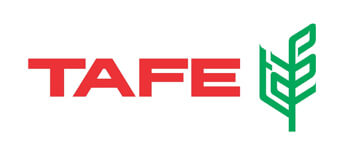Bright bar quality assurance involves rigorous testing and inspection processes to ensure that steel bars meet specific standards for dimensional accuracy, surface finish, and mechanical properties. This includes checks on chemical composition, mechanical properties like tensile strength and hardness, and the detection of surface imperfections. Adherence to international standards such as ISO 9001, ASTM, and DIN is crucial for maintaining consistent quality and ensuring customer satisfaction.
Key Aspects of Bright Bar Quality Assurance
- Material Testing and Analysis:
Ensuring the chemical composition, mechanical properties (tensile strength, yield strength, elongation, hardness), and microstructure of the raw material aligns with the required specifications. - Dimensional Verification:
Using calibrated instruments like Vernier calipers and Go/No-Go gauges to verify that the dimensions of the bright bars are within the specified tolerances. - Surface Inspection:
Detecting surface defects like cracks, pits, and scratches using methods like Magnetic Particle Inspection (MPI). - Mechanical Testing:
Conducting tests such as step-down testing and upset forging to evaluate the bar’s strength and ductility. - Compliance with Standards:
Adhering to international standards like ISO 9001, ASTM, and DIN to guarantee the quality and reliability of the bright bars. - Certification:
Obtaining certifications like ISO 9001 to demonstrate a commitment to quality management and gain customer confidence. - Traceability:
Maintaining records of material origin, manufacturing processes, and testing results to ensure full traceability of the bright bars. - Continuous Improvement:
Implementing feedback mechanisms and corrective actions to continuously improve the quality assurance processes.
Importance of Quality Assurance
- Reliability and Performance:
Ensures the bright bars perform as expected in their intended applications, especially in high-stress environments. - Customer Satisfaction:
Meeting or exceeding customer expectations regarding quality, dimensional accuracy, and surface finish. - Cost Savings:
Minimizing defects and rework, leading to reduced production costs and waste. - Safety:
Ensuring the bright bars meet safety standards, particularly in industries where safety is critical. - Competitive Advantage:
Demonstrating a commitment to quality can give manufacturers a competitive edge in the market.











